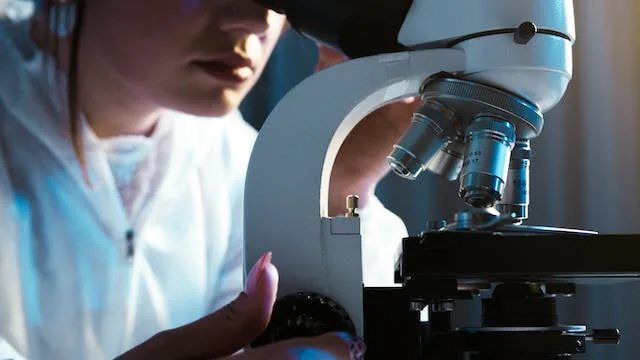Shepherd admitted with mystery infection reveals never-before-seen Bacteria – breakthrough methodology in unmasking the unidentified
In a groundbreaking medical revelation, scientists at St Thomas Hospital in London uncovered a novel species of bacteria lurking in the heart of a patient, marking an unprecedented discovery that sheds light on innovative infection control methods.
The patient, a shepherd from Canterbury, was admitted to St Thomas Hospital with a fever. Medical professionals quickly discerned that his infection was caused by two different types of bacteria, but the second strain remained elusive through conventional laboratory tests.
Embed from Getty ImagesResearchers harnessed the power of nanopore sequencing, an advanced technology capable of rapidly reading long, single sequences of DNA. This cutting-edge technique successfully unmasked the unidentified bacteria, revealing a never-before-seen strain within the Variovorax group, commonly found in soil.
The newly discovered bacteria, named Variovorax durovernensis in honor of Canterbury, was found within the patient’s aorta—the body’s largest artery responsible for circulating oxygen-rich blood. The shepherd’s unique lifestyle, tending to 1500 sheep during lambing season without using gloves, likely facilitated the entry of the environmental pathogen.
Lara Payne, Specialist Registrar at St Thomas’ Hospital, offered insights into the patient’s potential exposure: “Further investigation suggested the patient became infected during the lambing season or while feeding the sheep anti-parasite medications, which was all done without gloves.”
The research not only unraveled a remarkable bacterial discovery but also emphasized the potential of nanopore sequencing in transforming hospital practices. Dr. Luke Blagdon Snell, clinical research fellow at King’s College London, anticipates an era of continuous microbial discoveries and enhanced infection understanding as this cutting-edge technology becomes more accessible.
As the rise of ‘atypical infections’ becomes more prevalent, the ability to swiftly identify new bacterial species directly in hospitals through nanopore sequencing promises quicker and more targeted treatments for patients.
This unprecedented breakthrough not only broadens our understanding of microbial interactions within the human body but also opens new avenues for proactive and efficient infection control measures in healthcare settings.
